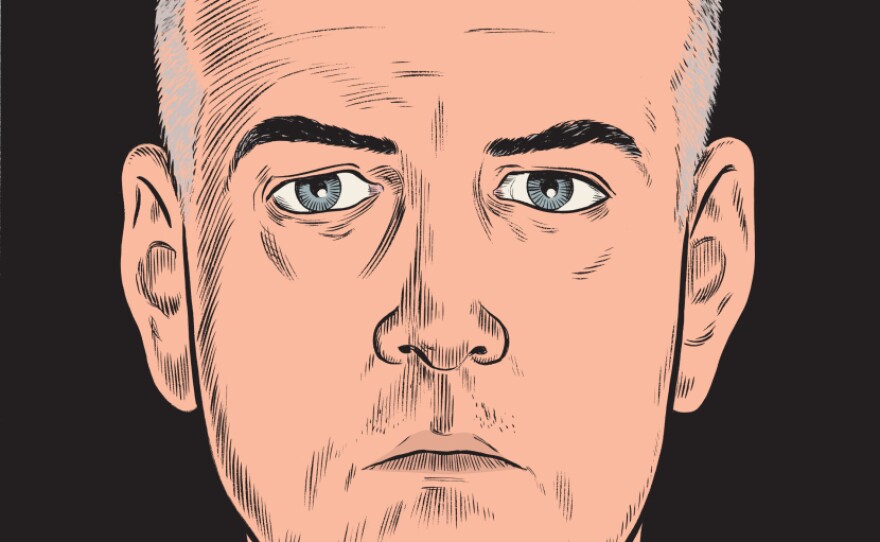Who are your enemies? Do you even have any? Unlike superheroes, everyday people living everyday lives don't usually have nemeses. Sure, your next-door neighbor might refuse to trim dangling limbs from his oak tree. Sure, that one guy might be a real jerk on Twitter. But enemies?
In fact, the only time in most of our lives that we have enemies to whom we wish to do actual harm — or who wish to harm us — is high school. After all, the extremity of emotions experienced by your average 17-year-old rivals the most passionate telenovela character. Given the opportunity to make that locker-room tormentor or Mean Girl disappear, with no consequences, would you have done it?
That's the intriguing question explored by the cartoonist Daniel Clowes in The Death-Ray, the defining work of a 25-year career that has seen him mixing deadpan realism (Ghost World, Wilson) with surreal, often grotesque fantasy (David Boring, Like a Velvet Glove Cast in Iron). First published in 2004 as an issue of Clowes' occasional serial Eightball, The Death-Ray now gets a deluxe new hardcover treatment befitting its status as one of the signature comics stories of our time.
Andy, a miserable high-schooler in 1970s Chicago, has only one friend, an angry fellow outcast named Louie. He's desperately in love with a girl he met in California who won't return his letters; he's filled with shame at the constant taunts of his classmates; he's lonely and depressed, his parents having died several years before. So when super strength comes — not as a result of a radioactive spider bite or a bolt of lightning but from smoking cigarettes — he uses it for neither good nor evil but in a brutal playground showdown. And the arrival of a deceptively silly-looking yellow gun only makes things more complicated.

Daniel Clowes is the author of Wilson and Mister Wonderful: A Love Story.
Clowes' unsettling figures sneer and snarl at each other, their eyes dead. It's easy to imagine that for some of its victims, the death-ray — with its cheerful "Pop!" sound — offers a clean, sharp ending to a life of perpetual emotional desolation. Certainly it changes Andy's life, and his relationship with Louie, who first urges his friend toward vigilante justice but rapidly becomes disillusioned with the journey on which that leads them. Throughout, Clowes uses the tools of graphic storytelling — rhythm, tone, close-ups and wide shots, leaps forward and backward in time, even visual quotations from cigarette cartons and Peanuts — to build a world as familiar as our own, and as unsettling as our dreams.
Devotees of comics, like me, spend a lot of time yammering on about how "graphic novels" — a nearly universally despised term among cartoonists, by the way — can accommodate kinds of storytelling that the novel simply cannot. At only 48 pages densely packed with art, dialogue and ideas, The Death-Ray — supersaturated, a story delivered directly into your imagination — is the first example I'll use to demonstrate that point.
Copyright 2023 NPR. To see more, visit https://www.npr.org. 9(MDAzMjM2NDYzMDEyMzc1Njk5NjAxNzY3OQ001))





